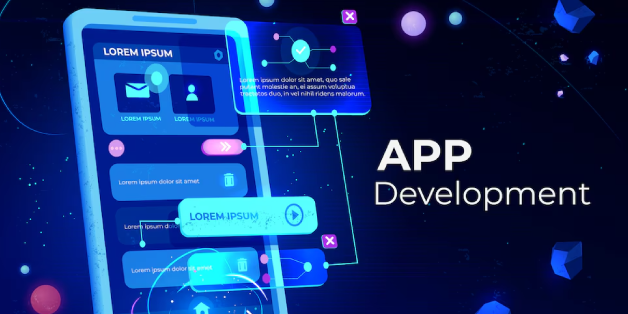×
Android Development is the process of creating applications for devices running the Android operating system. This course will cover everything from setting up the Android development environment, understanding core concepts, building user interfaces, working with databases, and publishing apps to the Play Store. By the end of this course, you will have the skills to create native Android applications that perform well, provide a great user experience, and are ready for production deployment.
